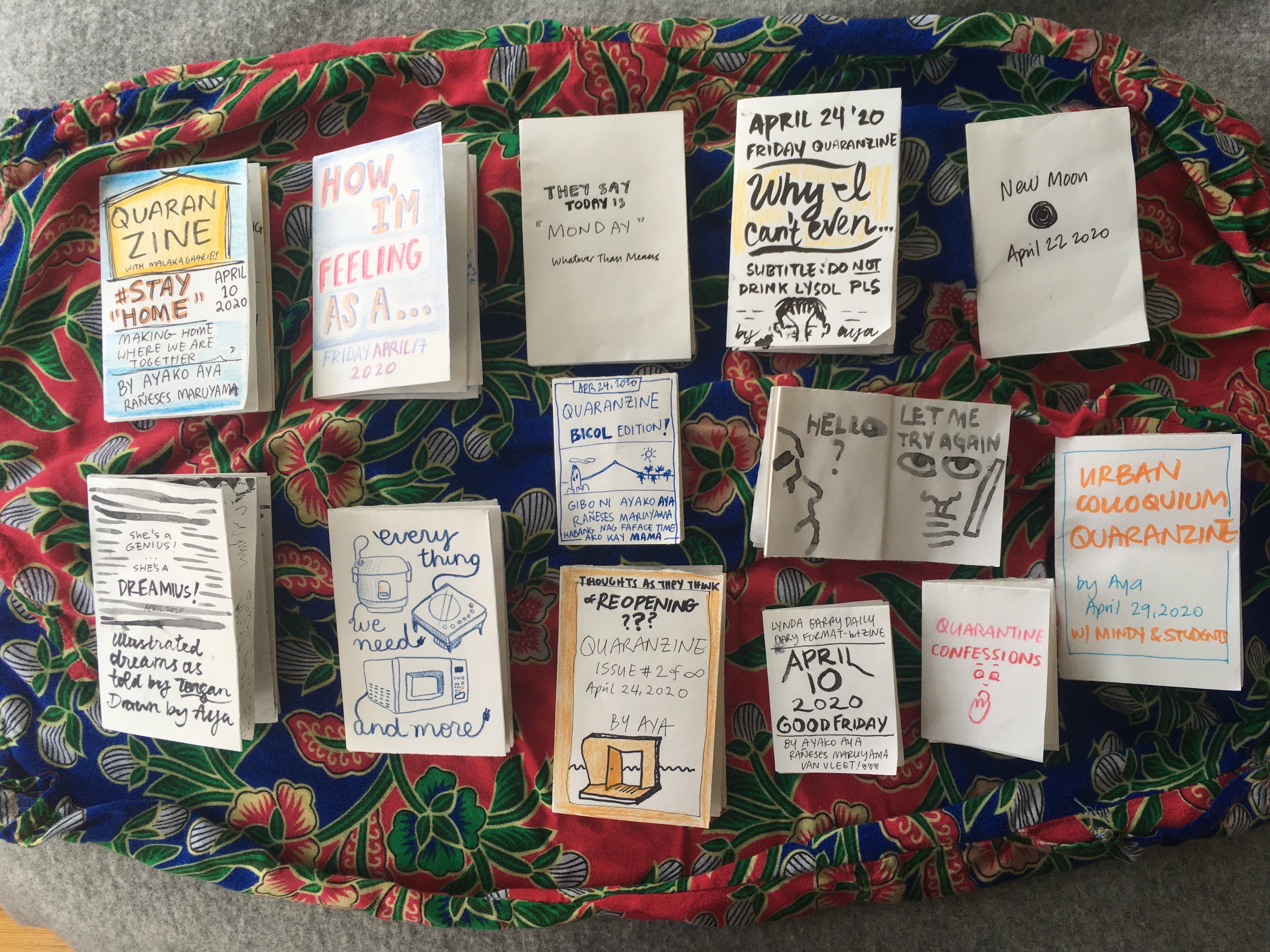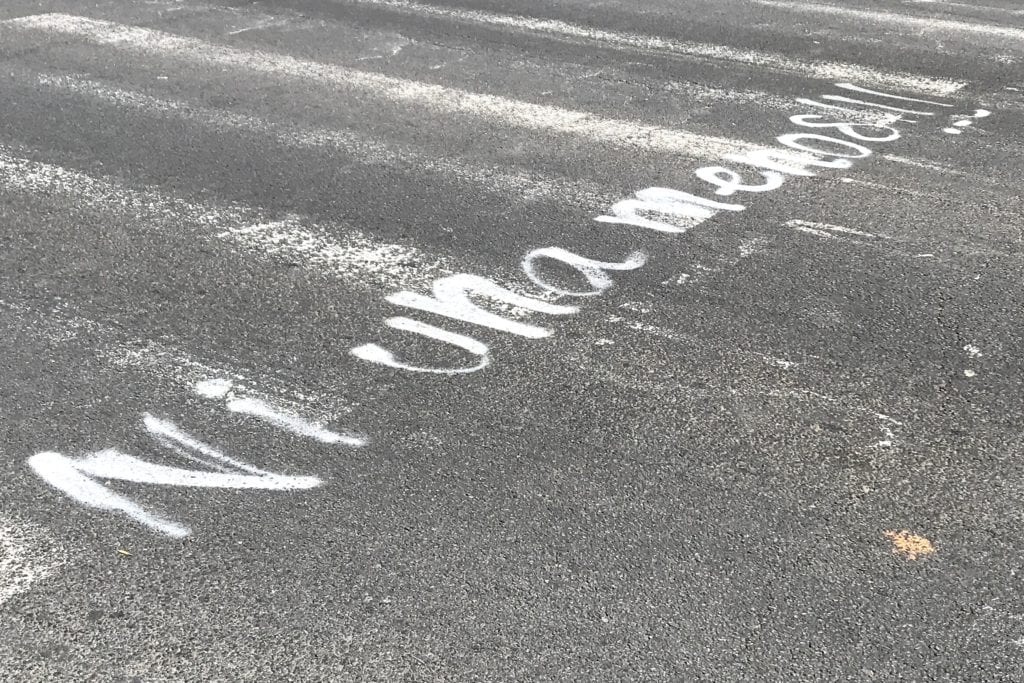About Place Making 12: Urbanists Sheltering in Place
Every spring at UofO we host a Placemaking event. At this time, while UofO shelters in place, we thought we would call on our former urbanists-in-residence and larger urbanist community to be in conversation with us about what this moment is teaching us.
At UofO, an urbanist is anyone who loves their place and contributes to its health and wellbeing. Our urbanists in residence have been poets, landscape architects, printmakers, community organizers, and more. Our approach to urbanism is based, on the one hand, in the analysis that cities have been fractured physically and socially by classist and racist policies that have rapidly accelerated inequality. On the other hand, we developed our approach from our deep love of cities and urban life.
PlaceMaking 12 Entries
About UofO PlaceMaking
Our first event was held in 2009 and at the time we called it a ‘Placemaking Conference.’ We had the goal of engaging people in creating a plan for the area we called ‘the Heart of Orange.’ We were joined by two of our favorite urbanists, Michel Cantal Dupart and Kiara Nagel. We wanted everyone to have a voice in the future of their city. We walked the neighborhood with maps and disposable cameras. We surveyed, we charted, we drew what we saw and what we wanted to see, we ate from local businesses. We used all the information we collected to inform our plan.
The following spring we realized that a plan should not live on a shelf and assessing what is around us and asking what could be? is our ongoing work. We held a second Placemaking event with the idea that we could start making the city we want to see. That year we were joined by our fabulous colleagues from the Hill District in Pittsburgh, Terri Baltimore, Denys Candy and Rich Brown. We painted train underpasses, learned about rights for day laborers, decorated overpasses and studied the train station. Our ongoing tradition of spring Placemaking events have taken many forms. We have hosted benchmaking contests, storytelling walks and tree plantings. What connects these events is that we take the time to study our current conditions while also dreaming and making the world we want to see by small acts.
We believe that the reflections of our urbanism community will point us towards new directions as we emerge from managed retreat and continue to build more equitable cities.



